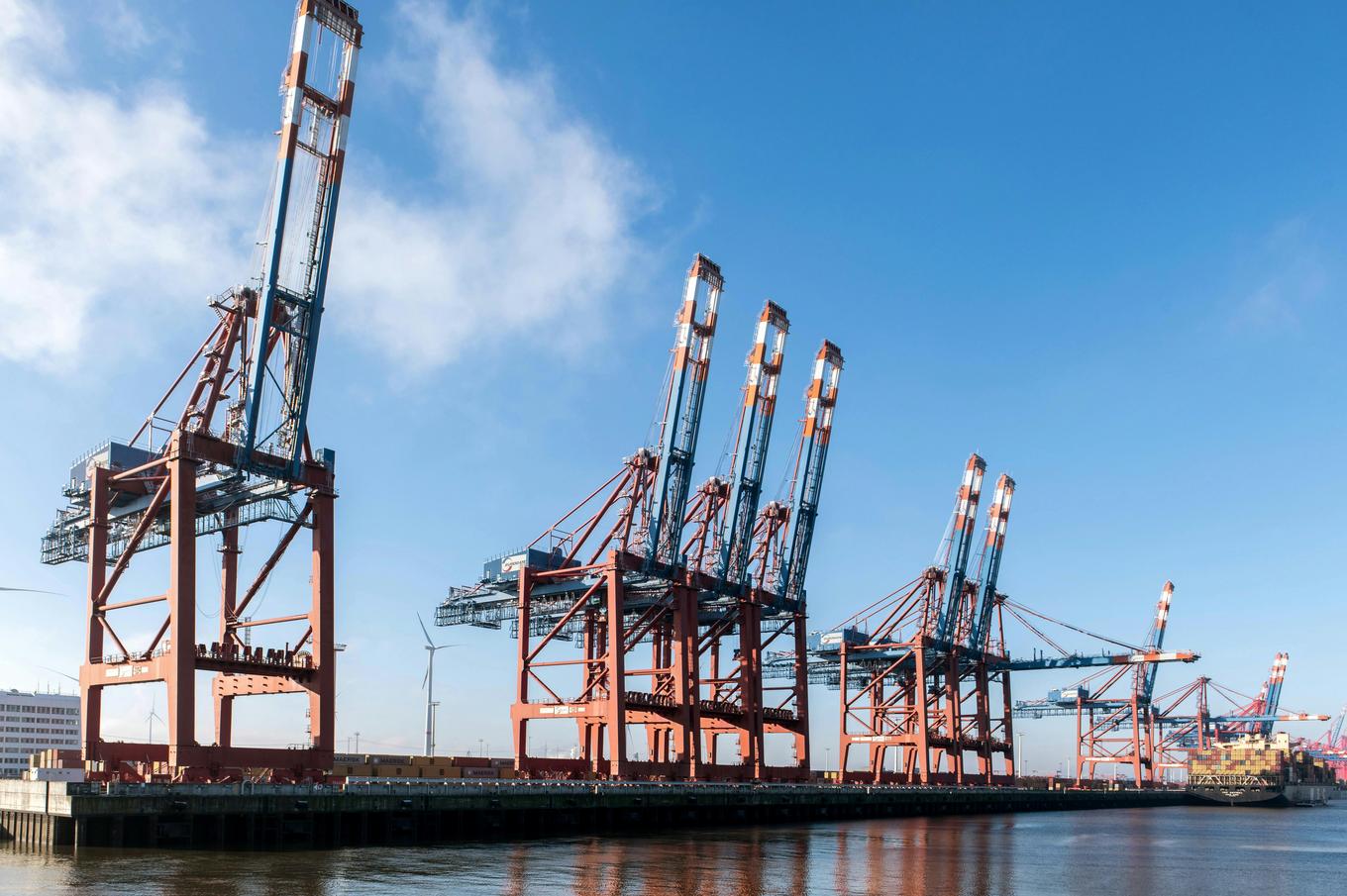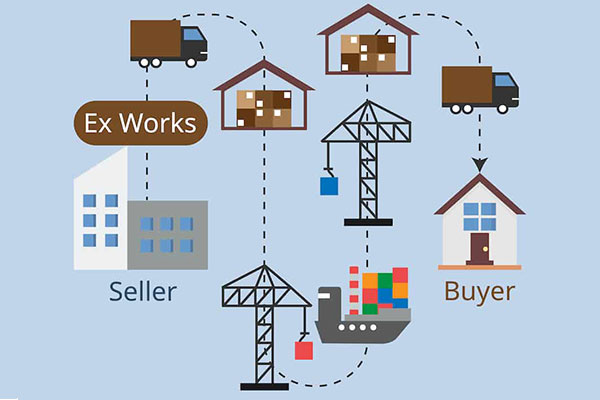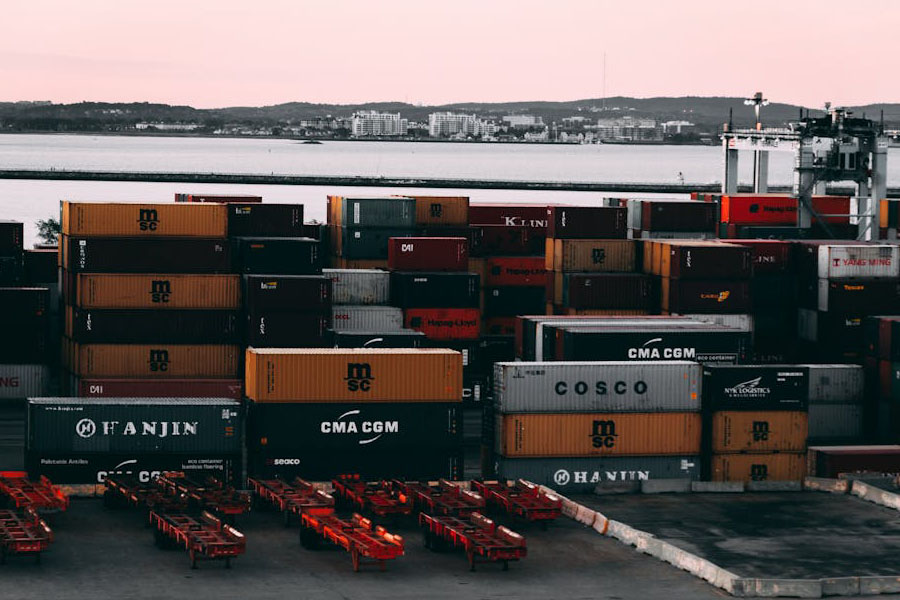- Shanghai Zhongshen International Trading Co., Ltd. – Your reliable partner with 20 years of import/export agency service expertise.

I. Coffee BeansExport Agent ServicesBasic Process
The complete green-bean export workflow consists of five core stages:
- Qualification Preparation Phase: Obtain the food export registration certificate,Origin CertificateBooks, Quality Inspection Report
- Trade negotiation phase: Determine the trade terms (FOB/CIF recommended), payment method, and quality inspection standards
- Customs declaration and inspection stage: Complete customs declaration and phytosanitary treatment (pay attention to the control requirements for the coffee berry borer).
- Logistics execution stage: Choose moisture-proof container shipping; it is recommended to use vacuum packaging combined with desiccant for double protection.
- Settlement?Forex Settlement?Stage: Prepare a full set of customs-clearance documents (including fumigation certificate) and handle foreign-exchange settlement.
II. What special qualifications are required for coffee-bean exports in 2025?
According to the latest "Import and export"Food Safety Management Measures", in addition to routineforeign tradeSpecial attention is required for non-qualification items:
- The validity period of the registration for export food production enterprises is extended to 5 years (New regulation for 2025)
- The EU market must provideUTZ Certificationor Rainforest Alliance certified
- Submission required for the Japanese marketPesticide Residue Self-Inspection Report(involving 286 testing indicators)
- The U.S. FDA has addedElectronic Declaration for Aflatoxin TestingSystem
III. How to Calculate Import Tariffs on Coffee Beans in Different Countries?
Changes in 2025 tariff policies for major export markets:
- European Union:Green beans are duty-free; roasted beans are subject to 7% + €0.16/kg.
- America:General tariff rate is 8.5%, but it can be reduced to 3.2% under the China–US Free Trade Agreement.
- ASEAN countries: Subject to the China-ASEAN Free Trade Agreement tariff rate, raw beans enjoy zero tariff.
- Middle Eastern countries: Note that religious certifications (e.g., Halal food certificates) are required.
IV. Coffee BeansMaritime transportAre there any special precautions?
Recommendations based on 20 years of hands-on experience:
- ChooseThermostatic container(Recommended temperature 18–22 °C, humidity ≤ 65 %)
- Avoid storing with spices or chemicals—coffee beans absorb odors very easily.
- Routes to Central and South America require special precautions against container sweat (use of container desiccant strips is recommended).
- East Africa Route Piracy Risk Surcharge (Somali waters included as of 2025)
V. How to Choose Payment Methods in Emerging Markets?
Based on 2025 international trade payment trends:
- Traditional approach:?L/C?(LC) remains the mainstream, yet the negotiation cycle has been shortened to 15 working days.
- Emerging approaches:Cross-border E-commercePlatform Escrow service adoption has surged by 120%.
- Risk Warning: Exercise caution with DP payment in the Middle East; it is recommended to take out Sinosure coverage.
- Exchange rate hedging: It is recommended to use NDF for a 6-month forward FX hedge.
VI. How to Choose a Reliable Export Agency?
Three core competencies that a professional agency must possess:
- Capability to obtain the dangerous-goods packaging certificate(Coffee beans are classified as Class 9 dangerous goods)
- Full-process traceability system: Visualized tracking from Yunnan plantations to overseas warehouses
- Emergency response network: Major ports are staffed with in-house customs clearance teams.
- It is recommended to conduct an on-site inspection of the distributor.Temperature-controlled warehousing facilitiesAndPest control system
VII. What are the common misconceptions about coffee-bean exports?
Industry pitfalls revealed by recent typical cases:
- The Pitfall of Competing on Low Prices: A company had its goods rejected by the EU for using non-food-grade packaging, resulting in a loss of $120,000.
- Risk of certification expiration: Organic certification must be renewed annually in 2025; failure to do so will incur a penalty of three times the fee.
- Incorrect specification declaration:Green beans/roasted beans have different HS codes (0901 vs 0902)
- Misjudgment of logistics lead time: Rerouting Red Sea vessels around the Cape of Good Hope adds 18 days to the voyage.
VIII. How to Seize the 2025 Green-Coffee Export Trend?
Provide recommendations based on the latest industry data:
- Global demand for specialty coffee has grown by 23%; development is recommended.Micro-batch Customization Service
- Carbon-neutral transportation is becoming the new trend and can provideCarbon Footprint Certification ReportObtain a premium
- Emerging-market opportunities: Vietnam (41 % annual growth), Poland (Central-European transshipment hub)
- Technology upgrade direction: blockchain traceability systems can increase the closing rate by 12%.
Special reminder:Starting January 2025, the EU will enforce the new food-contact materials regulation (EU) 2024/1852, tripling the migration testing standards for coffee packaging materials; pre-export compliance checks are advised.
Resources
Contact Us
Email: service@sh-zhongshen.com
Related recommendations
Contact via WeChat

? 2025. All Rights Reserved.








